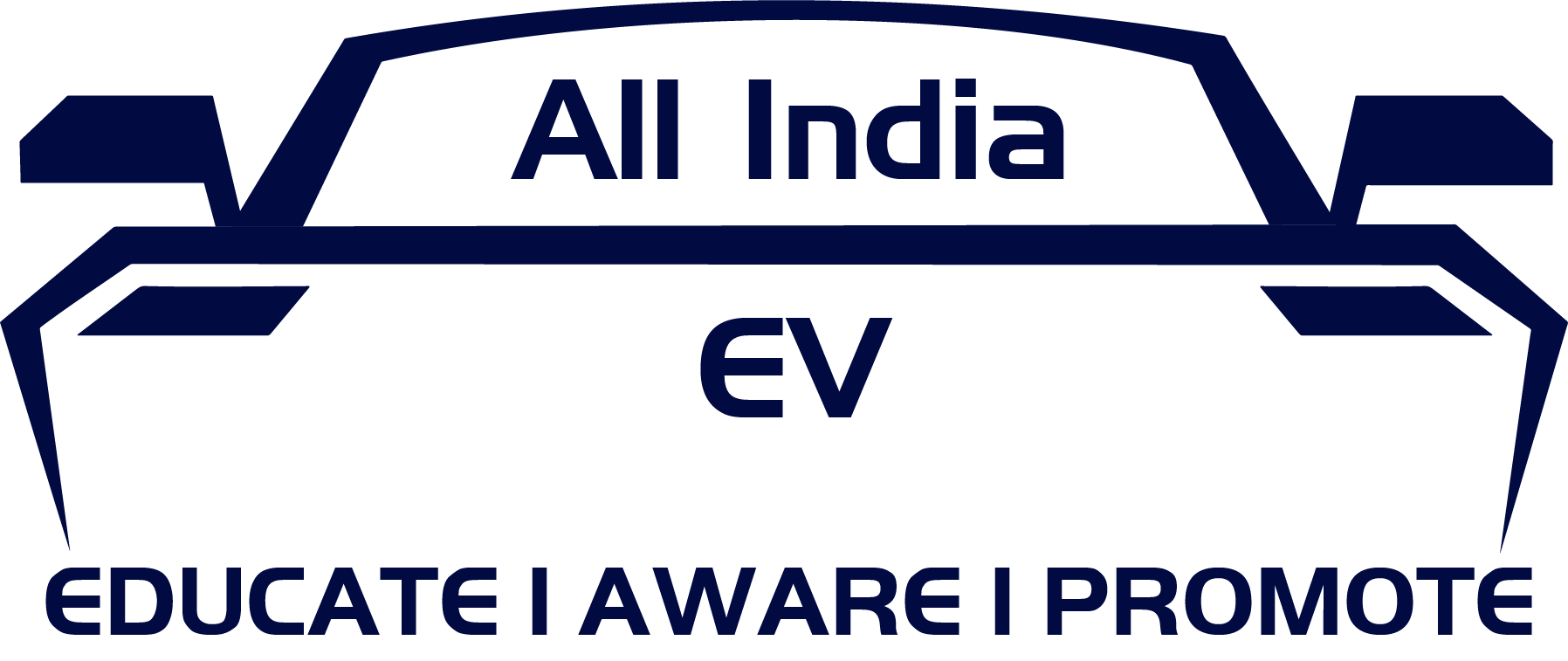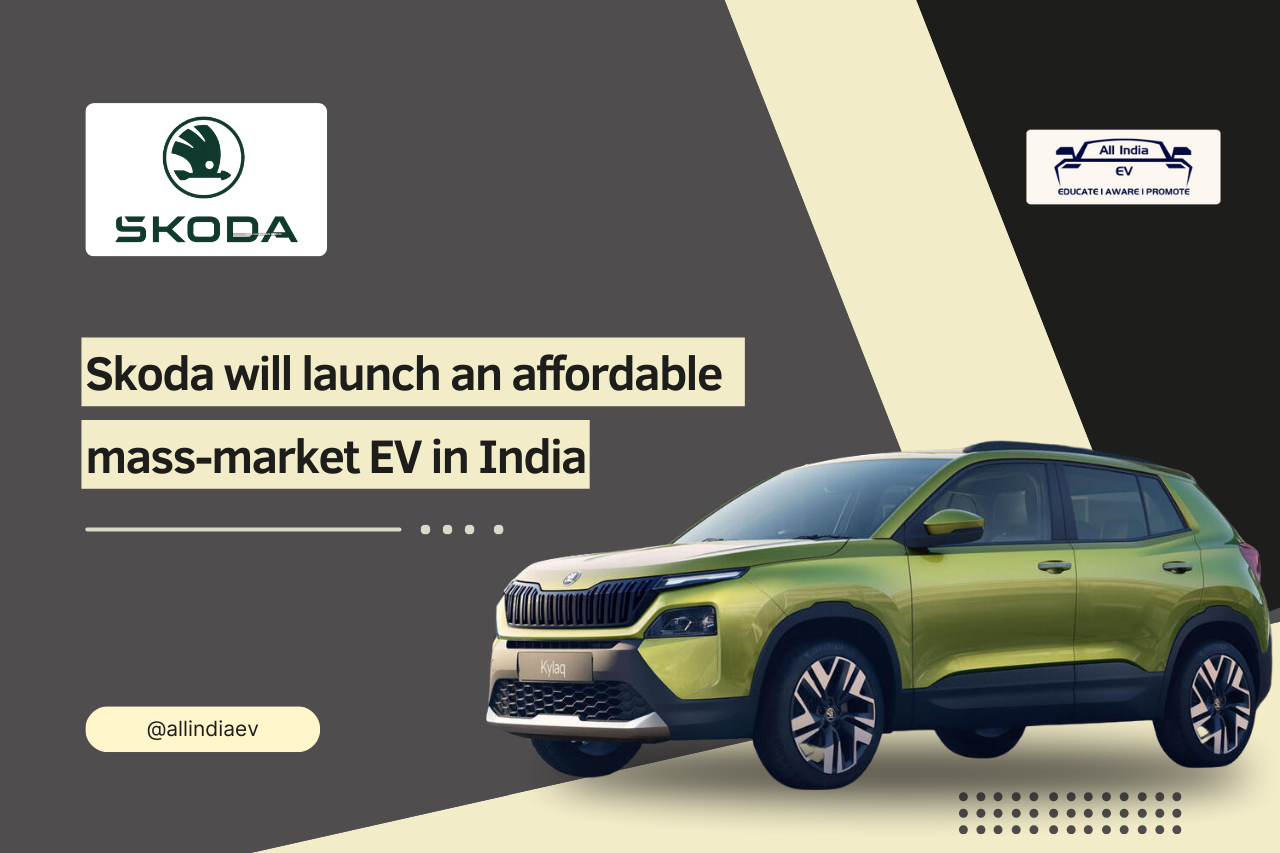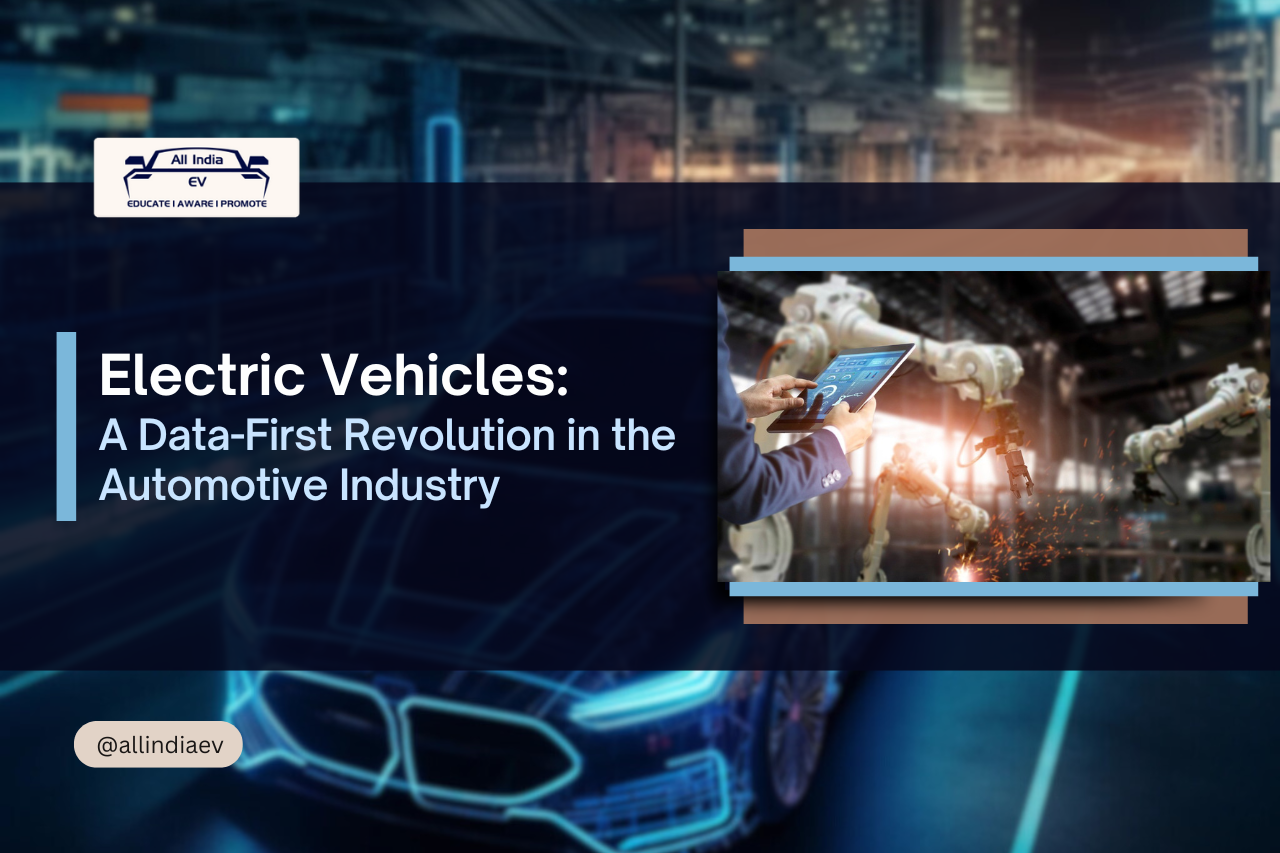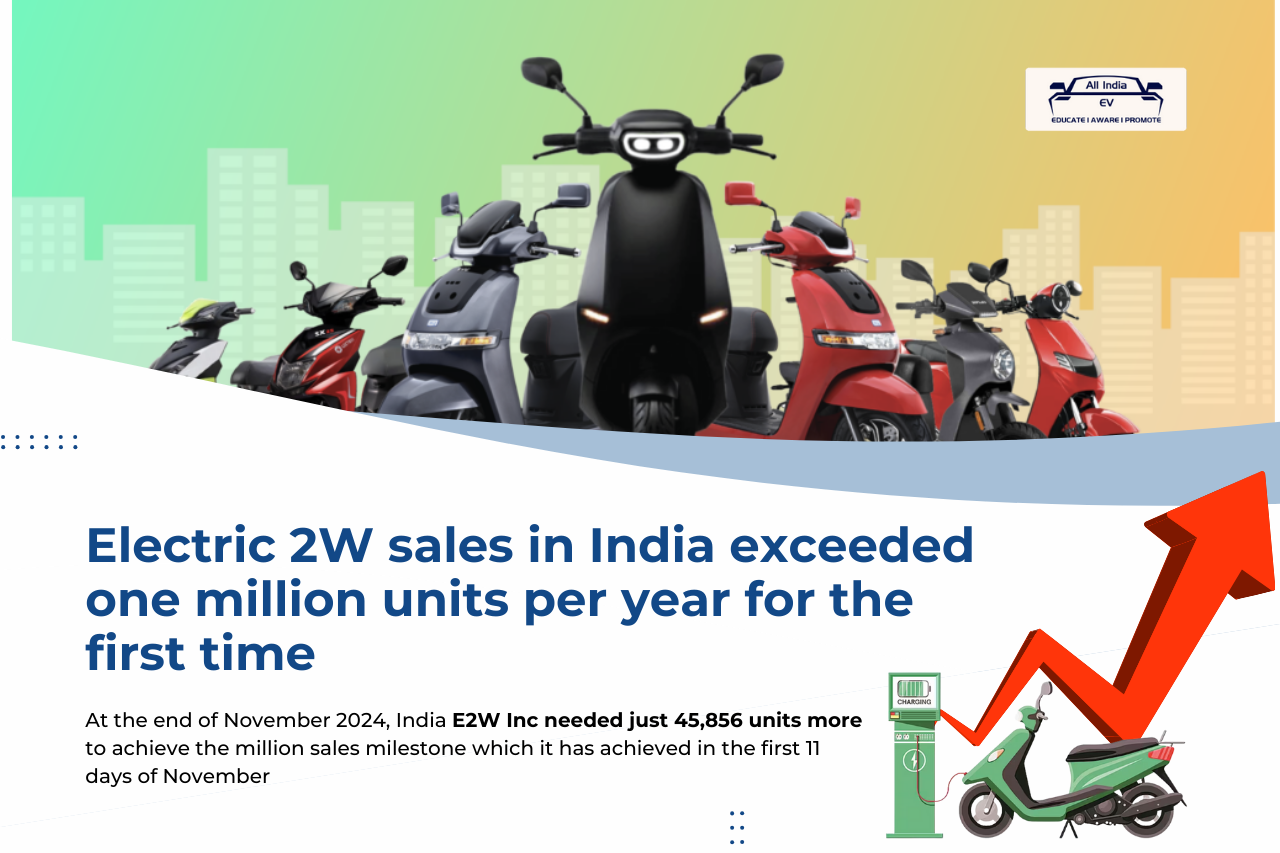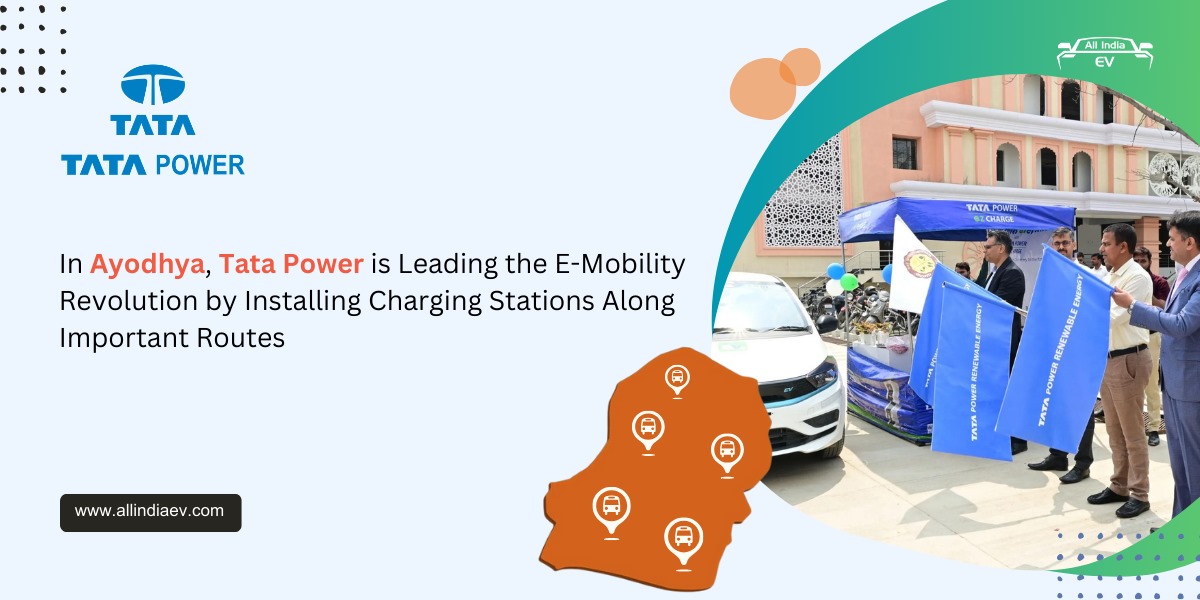
Skoda’s Mass-Market Electric SUV: 2027 India Launch
Skoda's Mass-Market Electric SUV: 2027 India Launch Skoda Auto India is preparing for a major…
Suzuki Vitara EV: 400km Range, 2025 India Launch
Suzuki Vitara EV Revealed: 400km Range and Indian Launch by 2025 Suzuki has taken a…
Aluminum’s Role in the Decarbonization of Batteries: A Sustainable Future
As the global shift towards sustainable energy solutions accelerates, industries are exploring ways to reduce…
Wardwizard’s Electric Three-Wheelers: Revamping Philippine Transport
Wardwizard's Electric Three-Wheelers: Revamping Philippine Transport Wardwizard Innovations & Mobility Ltd, a Gujarat-based electric mobility…
Is the Future Electric? Over 50% Say Yes
Is the Future Electric? Over 50% Say Yes The global automotive landscape is rapidly shifting…
Hyundai Creta EV: A New Era of Electric Mobility in India
Hyundai Creta EV: A New Era of Electric Mobility in India India's electric vehicle (EV)…
India’s Energy Independence: The Critical Minerals Race with CareEdge
India's Energy Independence: The Critical Minerals Race India is rapidly advancing towards its renewable energy…
Electric Vehicles: A Data-First Revolution in the Automotive Industry
Electric Vehicles: A Data-First Revolution in the Automotive Industry The electric vehicle (EV) industry is…
The Electric Vehicle (EV) Industry Under Trump’s Presidency: A Complex Shift in Dynamics
The Electric Vehicle (EV) Industry Under Trump's Presidency: A Complex Shift in Dynamics President-Elect Donald…
India’s Electric Future: Two-Wheelers Lead the Charge
India's Electric Future: Two-Wheelers Lead the Charge The electric two-wheeler market in India has reached…
A Sustainable Shift: Saudi Arabia’s Electric Future
A Sustainable Shift: Saudi Arabia's Electric Future Saudi Arabia, long known for its vast oil…
Nupur Recyclers Expands Operations to Recycle Lithium-Ion Batteries
Nupur Recyclers Expands Operations to Recycle Lithium-Ion Batteries Nupur Recyclers Limited (NRL), a leading player…
